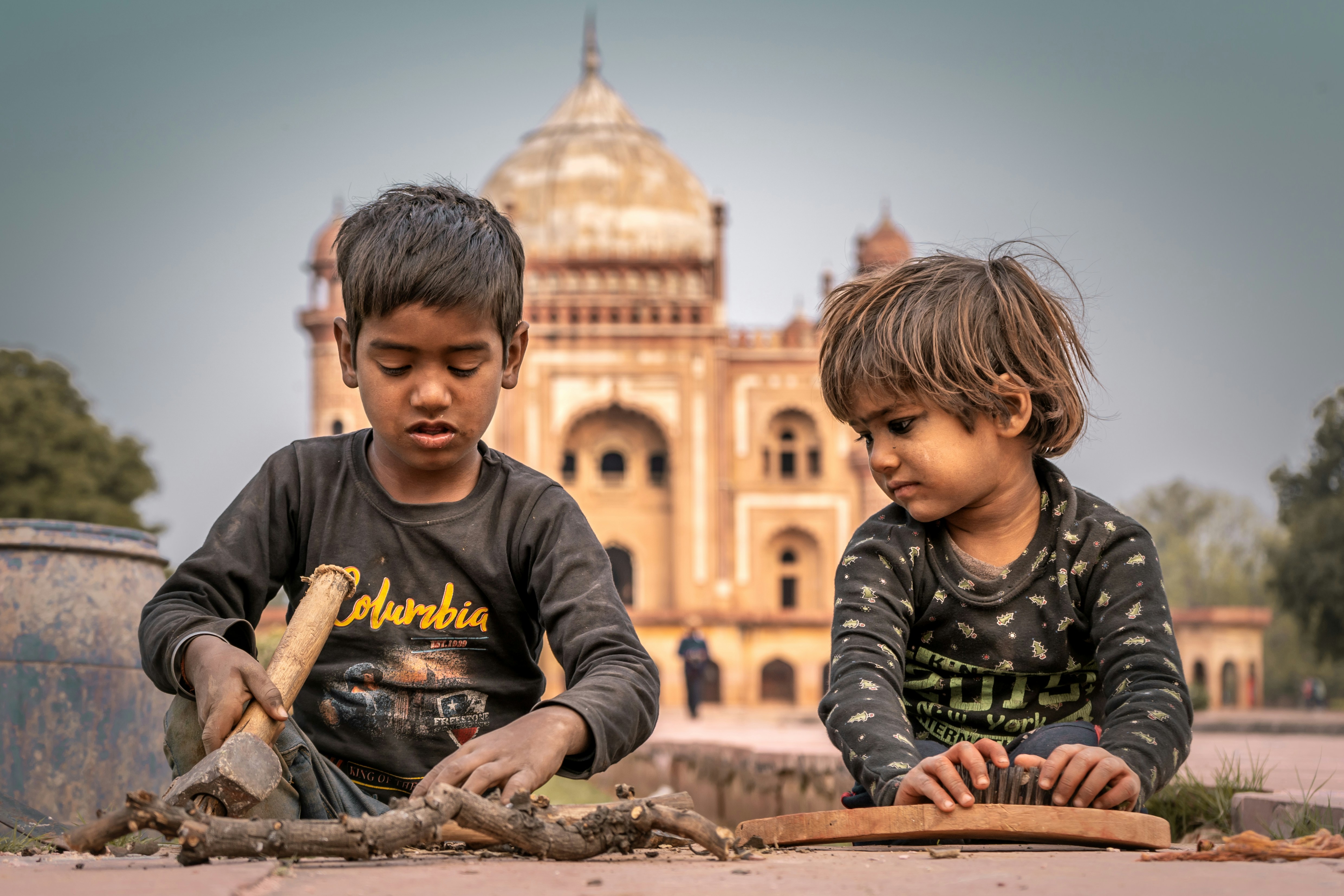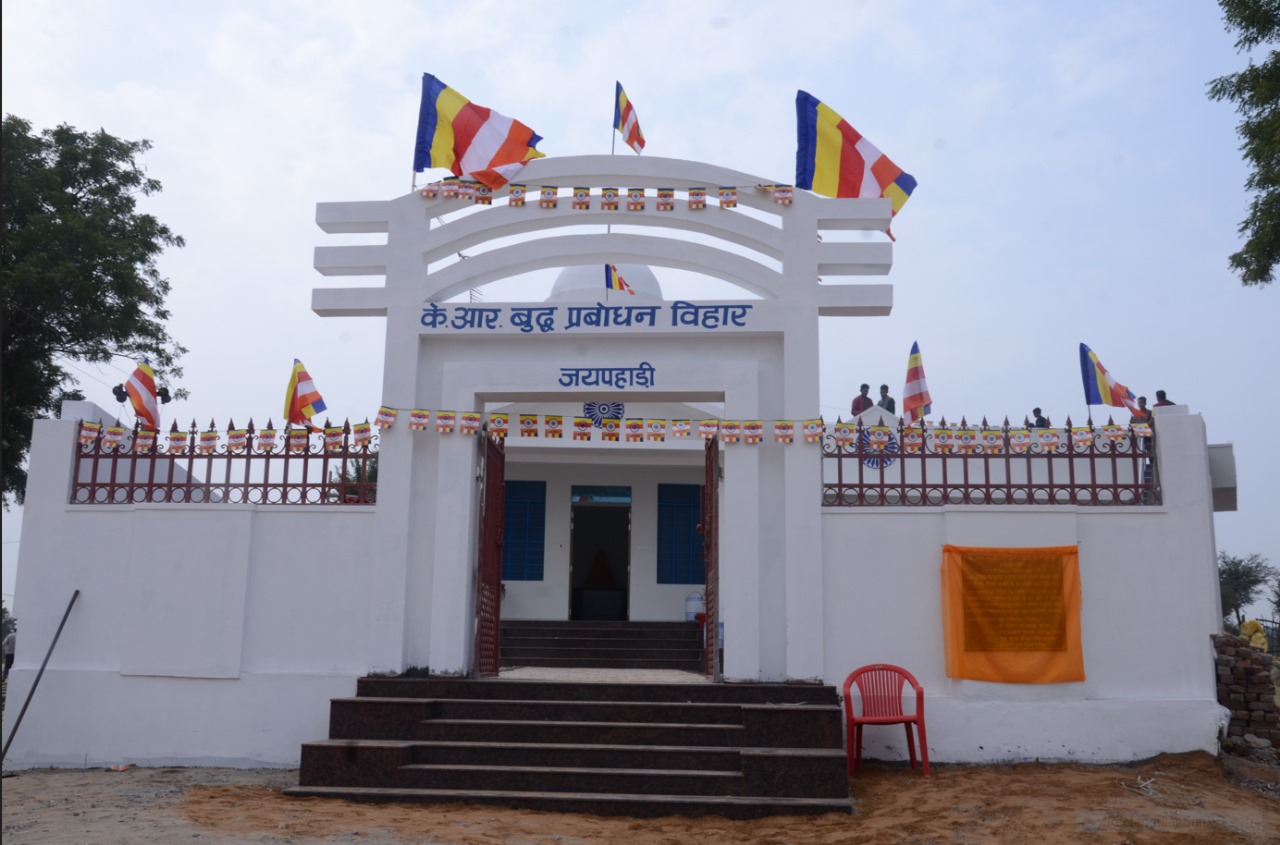In the sand dunes and foothills of the small village Jai Pahadi, located in
the Jhunjhunu district of the Shekhawati region, stands a Buddh Vihar,
epitomizing the ethos of struggle, sacrifice, and service. Renowned for
its influential business families and esteemed educational institutions,
this area serves as a beacon of enlightenment. Inspired by the principles
of Ambedkarism and Buddhism, Professor Onkar Mal, a native son who
resettled in the NCR, conceived the idea of constructing a Buddh Vihar.
Generously supported by his elder brother, Shri Maliram, a devoted
Arya Samajist, the plot for the Vihar was donated. Professor Onkar Mal,
utilizing funds garnered from professional engagements, lectures, and
honors bestowed upon him by various organizations and universities,
provided the financial backing.
Meanwhile, Shri Maliram, a BITSIAN, contributed technical expertise,
crafting intricate architectural designs that adorn the Vihar's majestic
gates, reflecting the essence of Buddhist ideology.
Following the leveling of the land, the foundation stone was
ceremoniously laid on April 14, 2021, marking the commencement of
construction. Through effective leadership, meticulous supervision, and
the timely flow of funds from Professor Onkar Mal, the Buddh Vihar was
swiftly erected, reaching completion by the end of November 2022.
The concept of establishing a trust had been nurtured even during the
lifetime of the esteemed social worker, Shri Raghuvir Prasad, known for
his contributions to education and community development. Thus, the
KR Buddh Prabodhan Vihar Trust, Jaipahari, was formally established
and duly registered on July 22, 2021. The inauguration of the Buddh
Vihar took place on December 5, 2021, graced by the esteemed presence
of Honorable Rajendra Pal Gautam, cabinet minister of the Delhi Govt.
The transfer of the immovable property, comprising the Vihar building
valued at Rs 25,60,500/-, to the Trust was finalized during a unanimous
decision at the Trustees' board meeting held on November 30, 2022.
Additionally, amenities such as a digital library housing literary works of
renowned scholars, along with computers, TVs, and other essential
resources, were seamlessly transitioned for public use.


